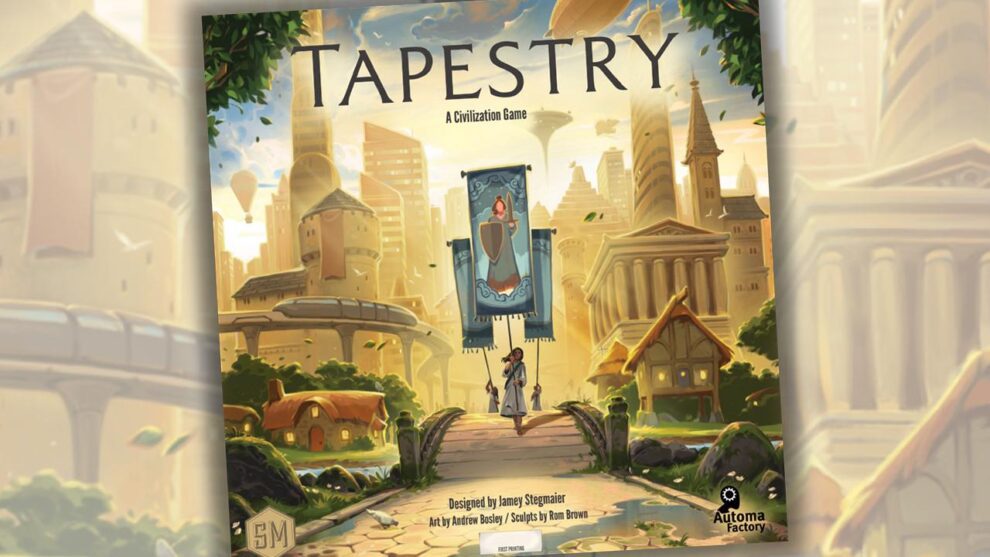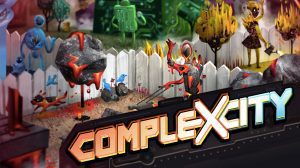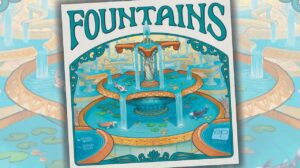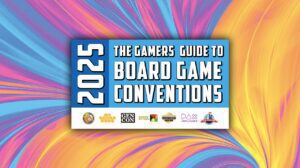I’ve never been too concerned with genre identification and generalization of mechanisms as a method of critique. Classification is too often a cudgel that ends up keeping people from trying things that they might actually like. I am guilty of this. For example, I have disliked just about every game that Stonemeier games has published. Scythe? Undone by too many book openings that sour the experience. Wingspan? It’s Race for the Galaxy, but 5 times as long and half as good. Apiary? Underdeveloped worker placement and recall. Viticulture? Flip Luck: The Game.
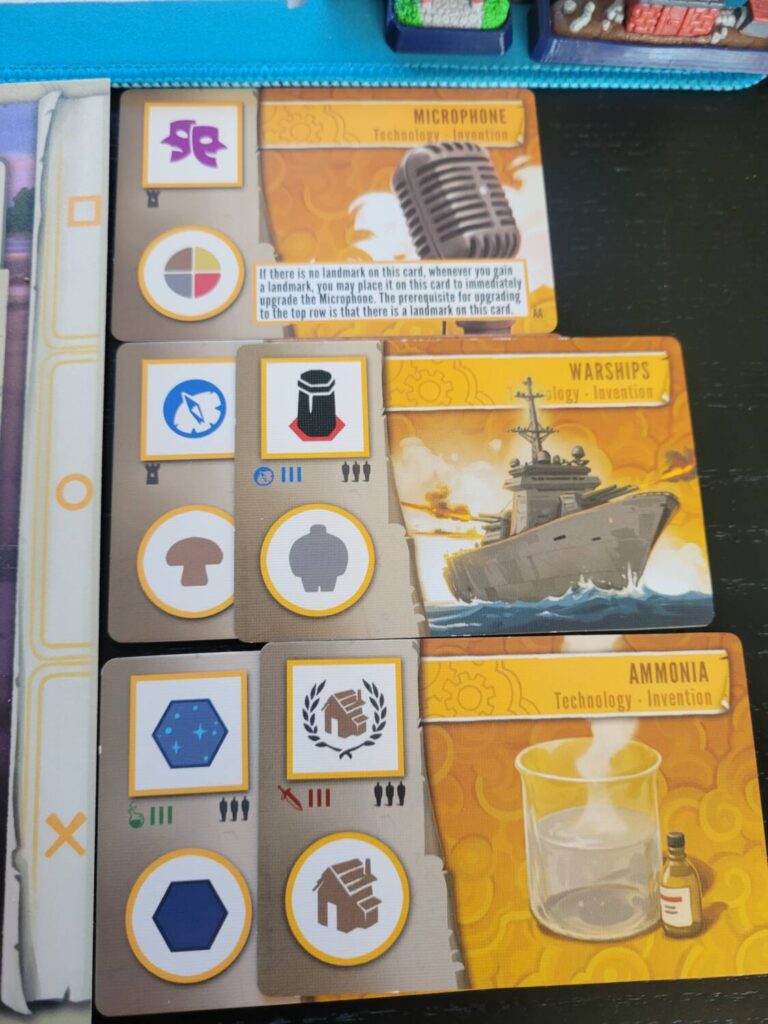
When I first played Tapestry back in 2021, I was set up to dislike it. I had heard that it was Definitely. Not. A. Civilization. Game. Plus, it was from a publisher whose output I had not enjoyed up until this point.
Tapestry is a classic case of why I think genre, mechanical, and publisher based expectations can be the death of both fun and new experience. See, it definitely isn’t a civilization game. It’s a pinball machine. And what a great pinball machine it is.
Tracks: The Board Game
Tapestry is a game where you either move up a track OR you reset your board to play another round (or, with your last reset, end your game).
But, unlike most track based euro experiences, these tracks have pizazz. If you’re playing with all the expansions (which I recommend), you have five different tracks to choose from. Each track utilizes a specific resource to move up it and confers a set of benefits. There’s the military track, which lets you take over territory, an exploration track that has you exploring new hexes to take over, a track that lets you collect and play cards for benefits, and a track that manipulates the other tracks. If you have the Arts & Architecture expansion, you get a fifth track that is basically “wild.”
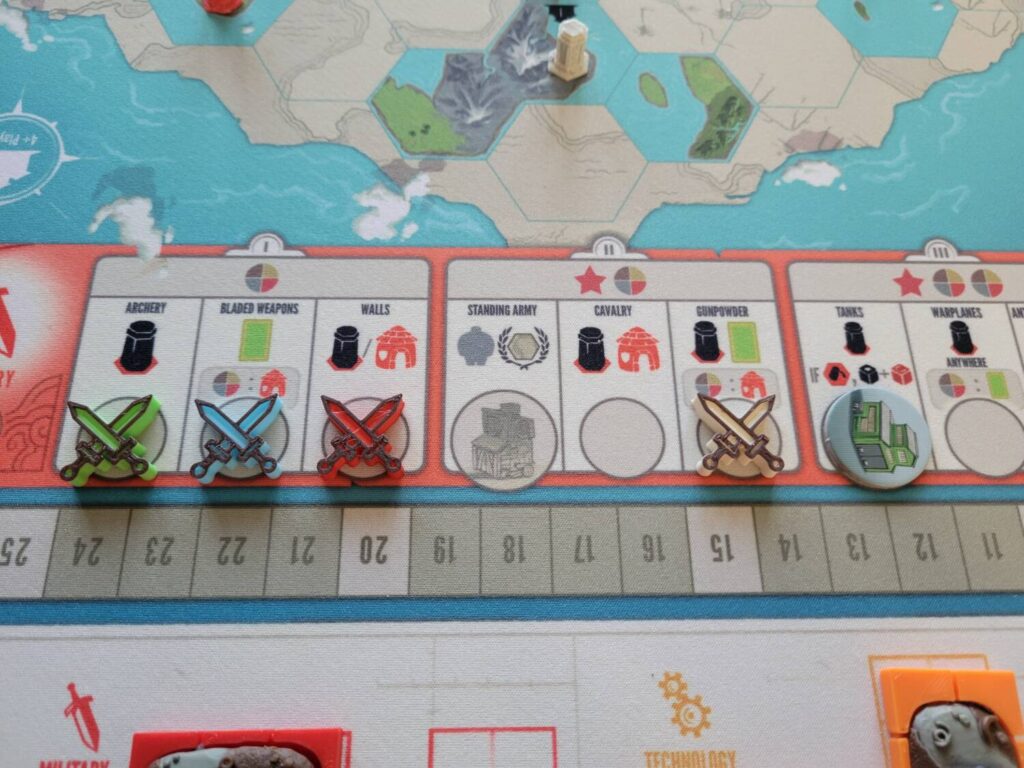
When you move up a track, you get to take the pictured action. It’s a very snappy way to construct player turns, and here’s the pinball part.
Pinball Philosophy
If you’re not familiar with pinball machines, most of them typically have a little rules sticker in the corner of the machine. The rules sticker tells you what parts of the machine you can hit with the ball to trigger certain mechanisms during the course of play. You wanna shoot the ball into a particular series of lights, which will then trigger a game mode, which will then let you get oodles of points.
Tapestry is like that. The tracks synergize with each other in rote, sequenced ways. For example, it’s typically better to take the beginning explore action before you do the first military action, because doing so results in a greater likelihood of gaining benefits. The tracks do not vary from game to game, and if this was all the game was, you’d have a pretty uninteresting experience.
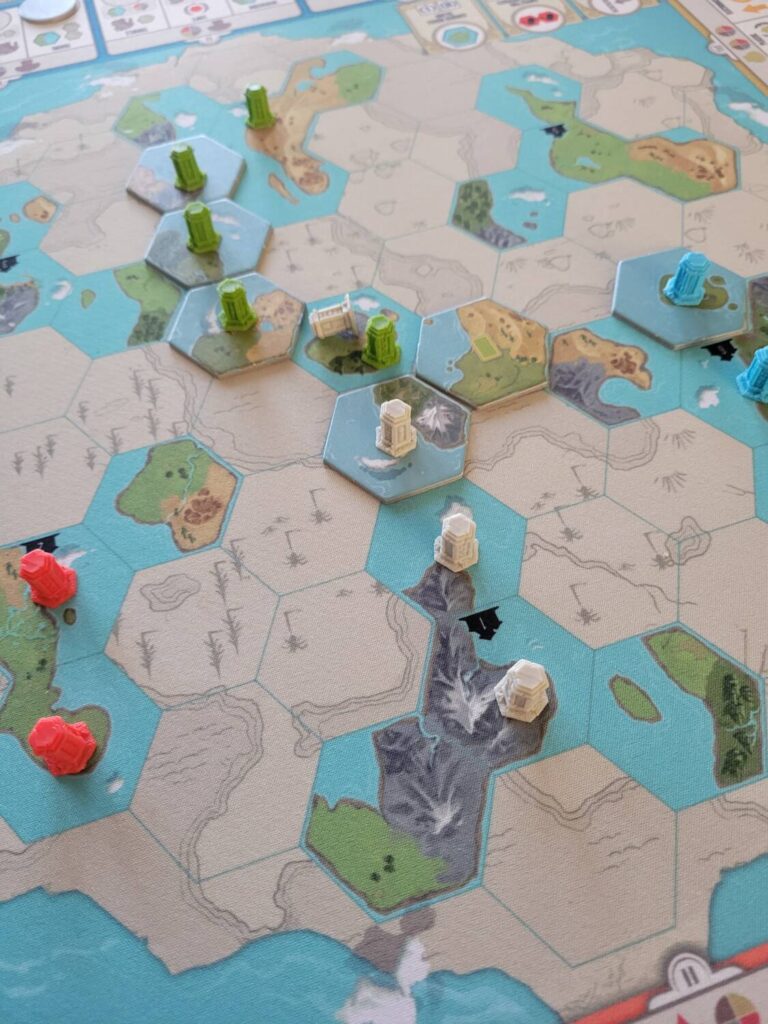
But, Tapestry gives you the eponymous tapestry cards, invention cards, an individual map puzzle, and unique civilizations. These mess with the track sequencing. They’re the pinball rules sheet.
The tapestry cards are unique cards that come in a big ol’ deck, and they’re often the biggest source of complaint online. They have wildly varying efficacy, and whenever you do a reset, you get to play one (you’ll play a minimum of 3 over the course of the game). Sometimes they’ll give you an ability until the next reset, sometimes they’ll have a crazy game effect, sometimes they’ll just give you points.
Invention cards are a minor bit of engine building that is manipulated by one of the tracks. You play, advance, and get benefits from these on the side of your board, and they are one way to juice up your resource collection and also get bonus actions throughout the game.
The map puzzle is another component of the engine building. Each of the tracks has unlockable buildings that you place onto a square grid to try to score points each time you reset. There are four categories of building (sensing a theme?) and the more you unlock of each type, the more benefits you get at a reset. You can also get these big honkin’ miniatures to place on your grid to supercharge your points. This is another common complaint, as these things have no abilities, they’re purely for aesthetic effect.
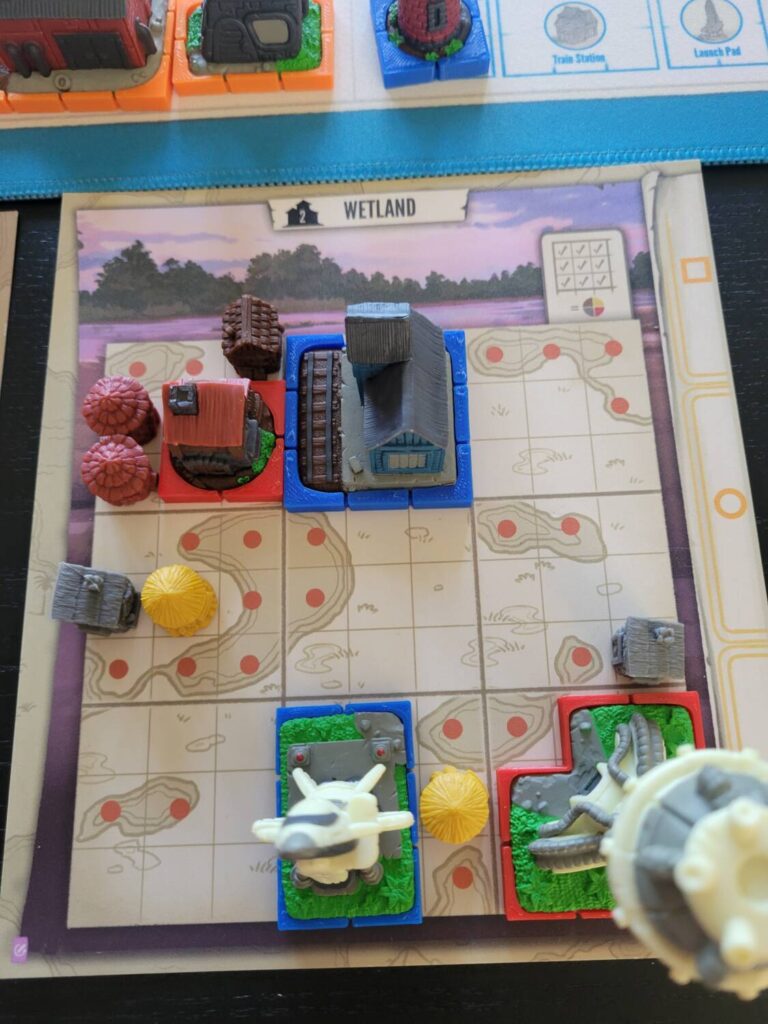
Finally, the civilizations. There’s a zillion of them, and they are essentially Mario Party minigames. Some of them have rules that alter existing mechanisms or add bonuses (for example, a civilization that gets bonuses for conquering territory), while some have weirdo little tricks they get to play (one has its own island). They’re fun, but just like everything else in the game, they vary widely in utility based on your initial hand of tapestry cards, the tech card flop, and a number of other random effects.
Fun Against All Odds
Tapestry has loads of things that I do not like: enormous amounts of flip luck, zero player interaction and confrontation (sure, you can attack people, but it usually isn’t bad for anyone), completely unbalanced player starting positions, and absolutely zero setting and thematic coherence.
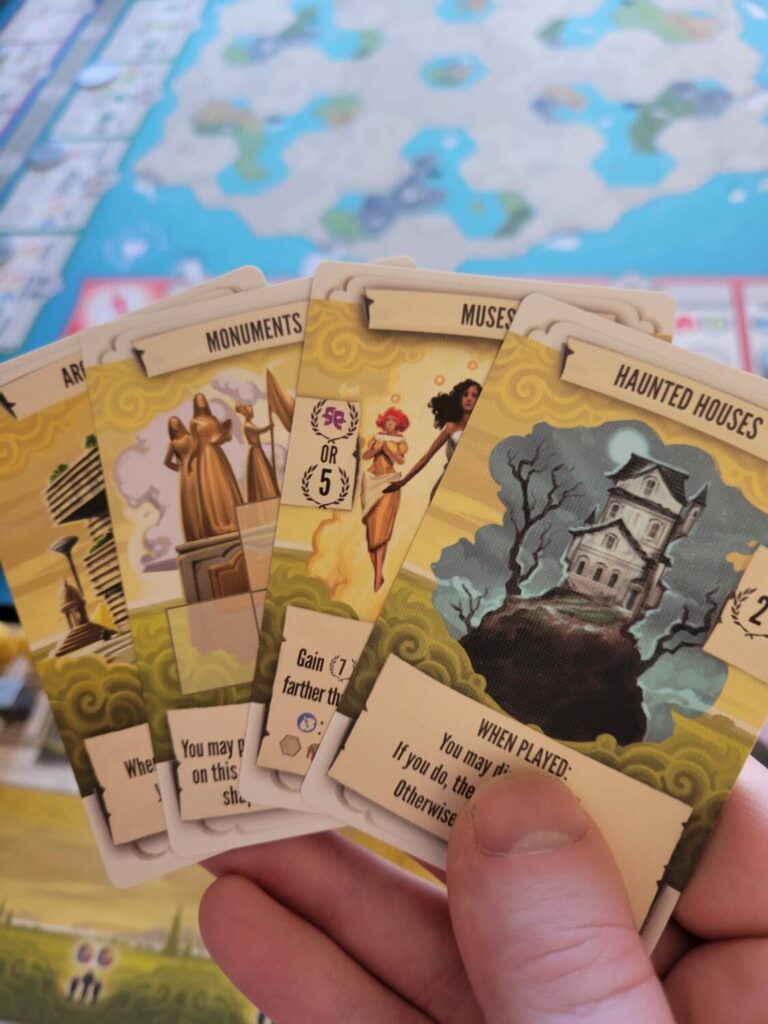
And yet!
I love it. I’ll play it any chance I get. I love reaching for my little pinball dance cards and seeing how far I can get. I once ended a game with five civilizations! FIVE! Sometimes you score 120 points, sometimes you leap over 500. It’s fun, pure, and unadulterated once you know what it is. It’s a sterling example of watching someone rack up an insane score on a pinball machine, and trying to beat it on your turn. You’re not really playing against each other, but sometimes it’s fun to cheer on the experience.
Through the Ages this ain’t, and that’s not the end of history.


